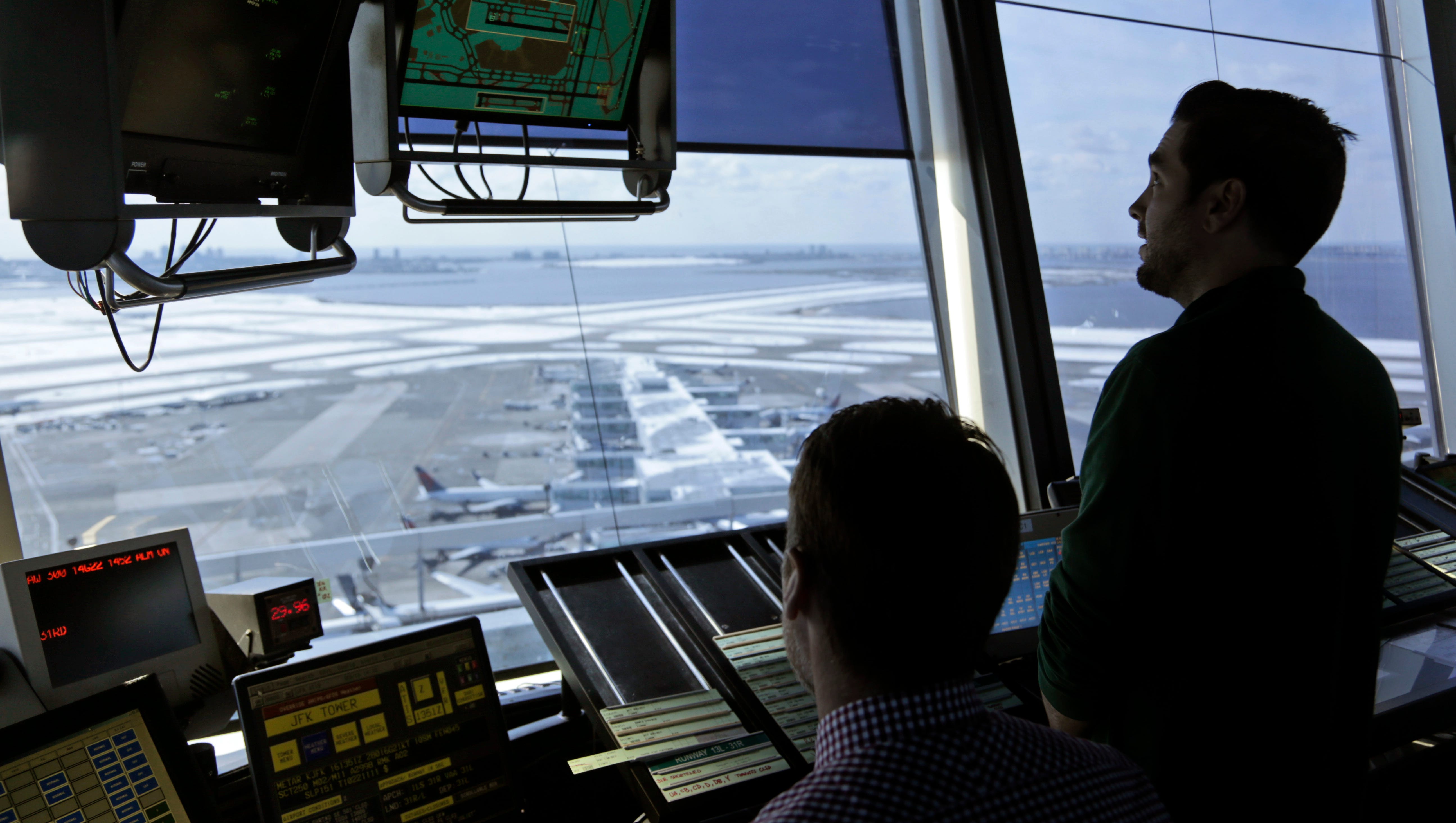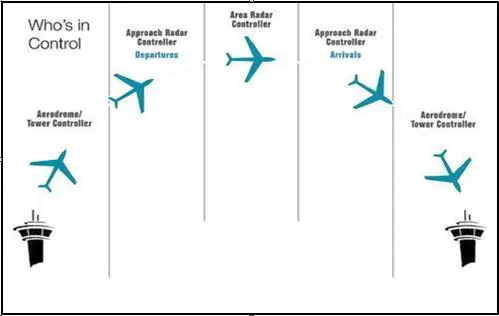



This opens up the system to more service providers, who can adapt as the market evolves and needs change. Rather than relying on centralized control, UTM frameworks around the world use the principle of distributed authority. For example, look at this ecosystem where all different type of aircraft serve communities through new missions and flight profiles such as self-piloted media drones, blood delivery, emergency services, and passenger delivery. The challenge is designing a system that can remain relevant as technology progresses and market needs mature without knowing what that future will look like. UTM is built to enable future applications. It is a networked collection of services that join together and understand each other, based on common rules. UTM is not a single, central system that mandates one way of operating for everything. The UTM team at Airbus has spent months executing research and tests to determine our recommendations on the best approach for a future UTM. That system is what we call Unmanned Traffic Management, or UTM. To handle this dramatic growth, air traffic management must shift to a more scalable model: a digital system that can monitor and manage this increased activity. The expected growth of unmanned and self-piloted operations will increase traffic by several orders of magnitude. Estimates show that the growth of commercial air traffic is already exceeding the capacity of a human-centered system - and that is only for human-piloted flights. Each controller is responsible for a sector, keeping aircraft safe by talking directly with pilots using radio communications. Around the world today, aircraft are being guided around the skies by air traffic controllers.


 0 kommentar(er)
0 kommentar(er)
